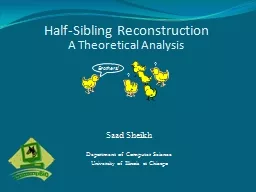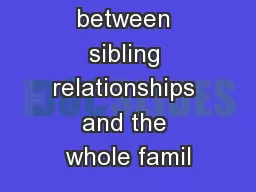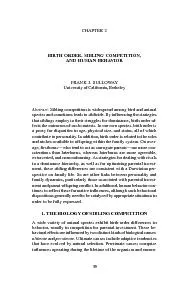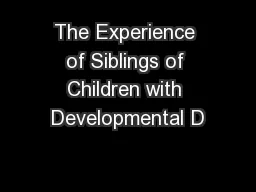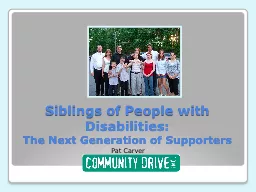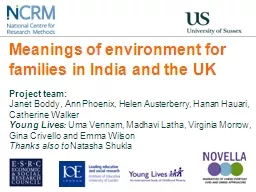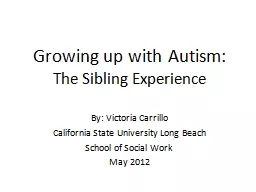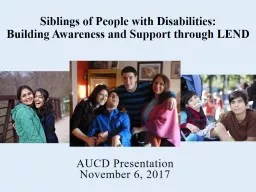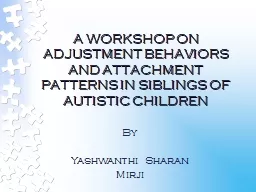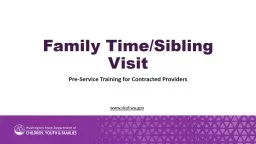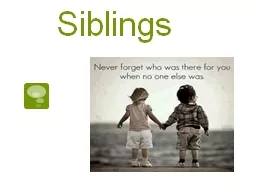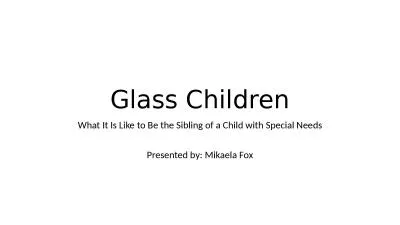PPT-Half-Sibling Reconstruction
Author : lois-ondreau | Published Date : 2016-07-12
A Theoretical Analysis Saad Sheikh Department of Computer Science University of Illinois at Chicago Brothers Many Problems exist where No way to ascertain the
Presentation Embed Code
Download Presentation
Download Presentation The PPT/PDF document "Half-Sibling Reconstruction" is the property of its rightful owner. Permission is granted to download and print the materials on this website for personal, non-commercial use only, and to display it on your personal computer provided you do not modify the materials and that you retain all copyright notices contained in the materials. By downloading content from our website, you accept the terms of this agreement.
Half-Sibling Reconstruction: Transcript
Download Rules Of Document
"Half-Sibling Reconstruction"The content belongs to its owner. You may download and print it for personal use, without modification, and keep all copyright notices. By downloading, you agree to these terms.
Related Documents

